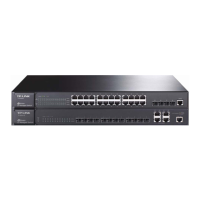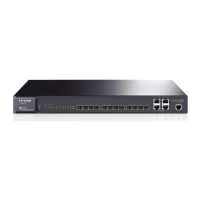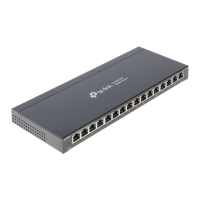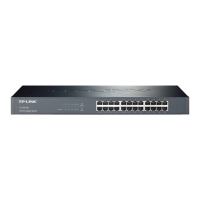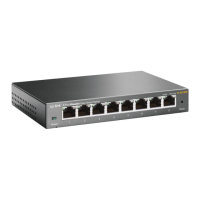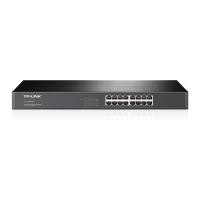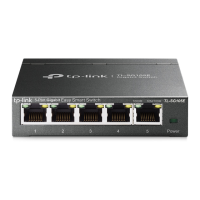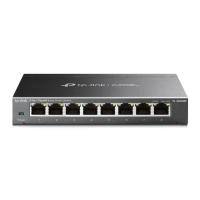Command Line Interface
4-114
4
Default Setting
None
Command Mode
Global Configuration
Command Usage
• The SNMP engine ID is used to compute the authentication/privacy digests
from the password. You should therefore configure the engine ID with the
snmp-server engine-id command before using this configuration command.
• Before you configure a remote user, use the snmp-server engine-id
command (page 4-107) to specify the engine ID for the remote device where
the user resides. Then use the snmp-server user command to specify the
user and the IP address for the remote device where the user resides. The
remote agent’s SNMP engine ID is used to compute authentication/privacy
digests from the user’s password. If the remote engine ID is not first configured,
the snmp-server user command specifying a remote user will fail.
• SNMP passwords are localized using the engine ID of the authoritative agent.
For informs, the authoritative SNMP agent is the remote agent. You therefore
need to configure the remote agent’s SNMP engine ID before you can send
proxy requests or informs to it.
Example
Console(config)#snmp-server user steve group r&d v3 auth md5 greenpeace
priv des56 einstien
Console(config)#snmp-server user mark group r&d remote 192.168.1.19 v3
auth md5 greenpeace priv des56 einstien
Console(config)#

